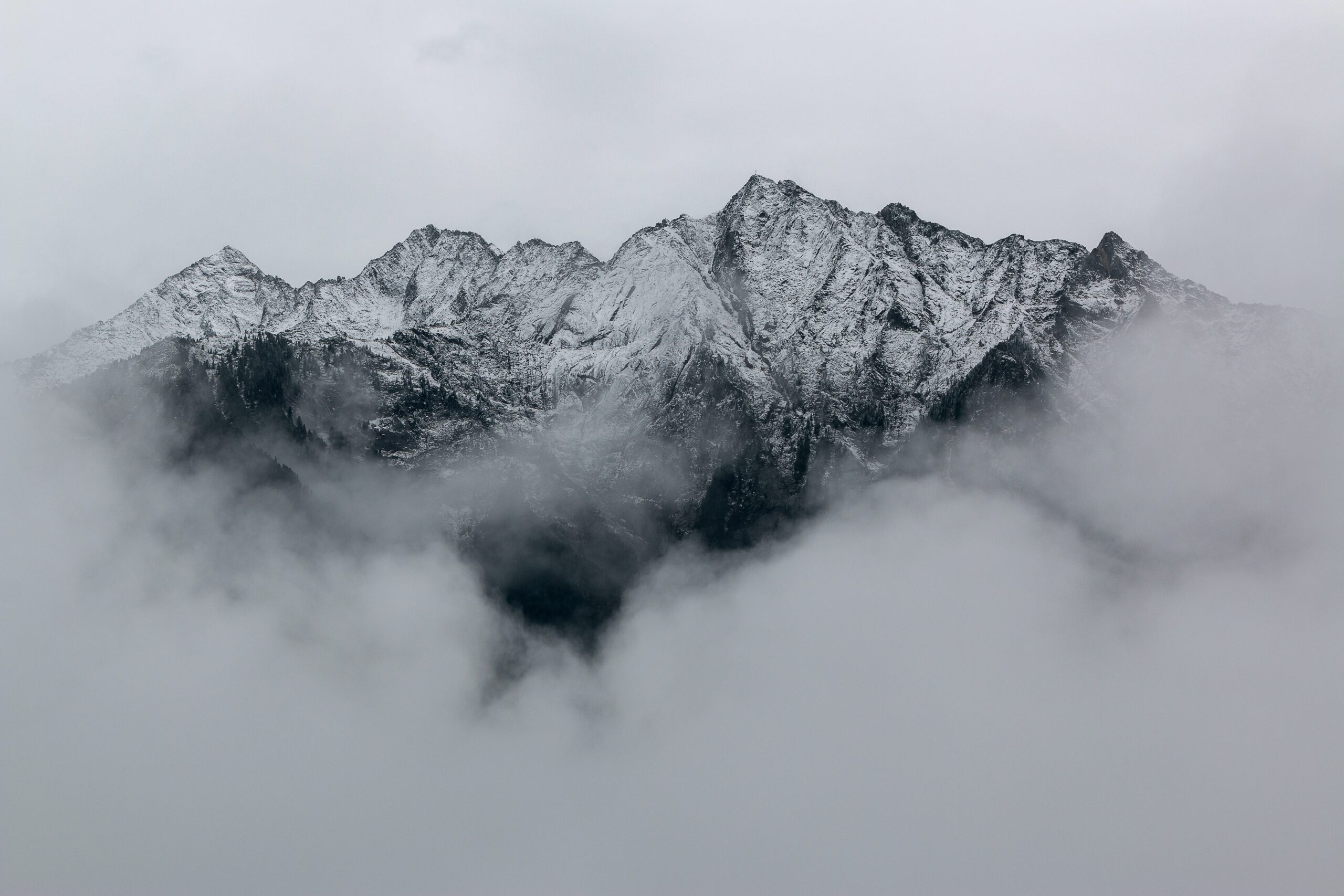As the shrinking Great Salt Lake exposes an ever-growing area of its lakebed, windblown dust becomes more dangerous for those living in Utah’s most populous region. It also makes the snowpack dirty, which is causing it to melt earlier.
In a new study, U researchers analyzed the impact of dust on snow during the 2022 season. They found that 2022 had the most dust deposition events and the highest snowpack dust concentrations of any year since observations began in 2009, and it caused the snowpack to disappear 17 days earlier than if no dust had been deposited.
“You might see 17 days and think it’s no big deal, but our current snowmelt models don’t account for dust,” says McKenzie Skiles MS’10, assistant professor of geography at the U and senior author on the paper. “Water is coming out earlier and faster than we expect it to, and we’re not prepared to use it in the most efficient way. The landscape is also not expecting the water earlier, so it impacts watershed functionality as well as water availability downstream.”
The dust that blows into the Wasatch Mountains deposits a dark, grimy layer atop the snowpack and impacts the snow’s albedo, a term for the reflective power of a surface. The effect is like wearing a black shirt on a hot day—darker colors absorb more solar radiation and heat up faster than light colors. Dirty snow heats up and melts faster than clean snow when exposed to the same temperatures.




Comments
Comments are moderated, so there may be a slight delay. Those that are off-topic or deemed inappropriate may not be posted. Your email address will not be published. Required fields are marked with an asterisk (*).